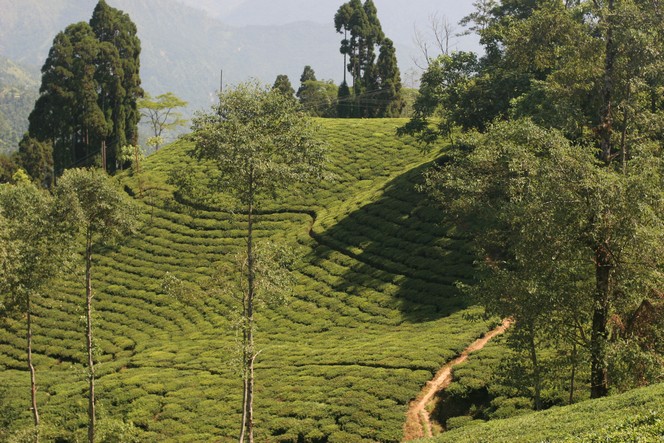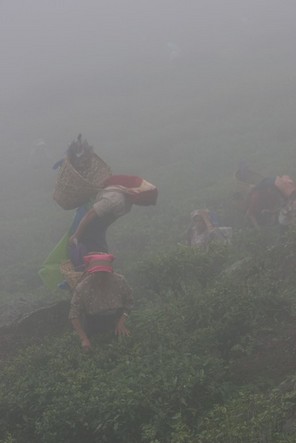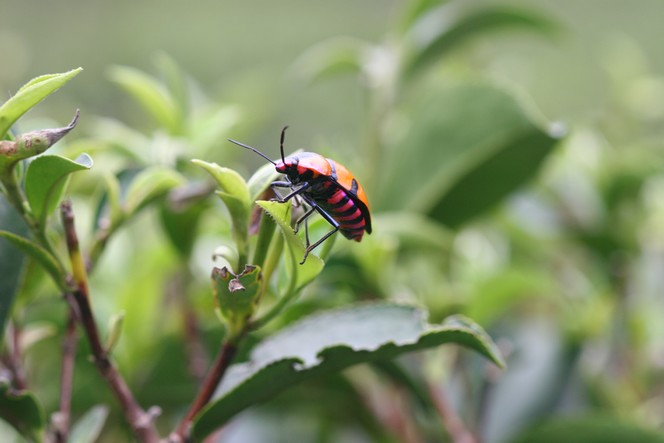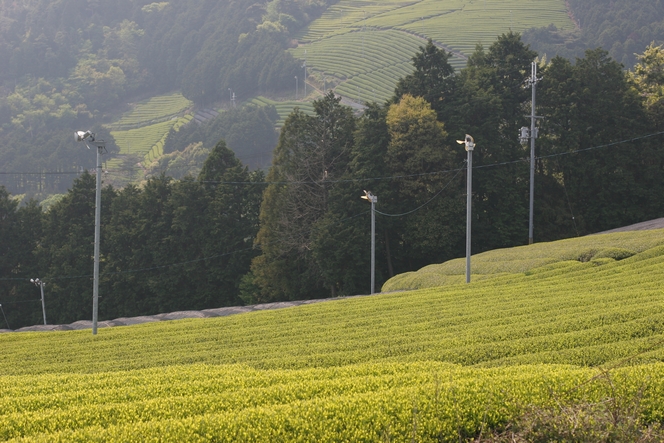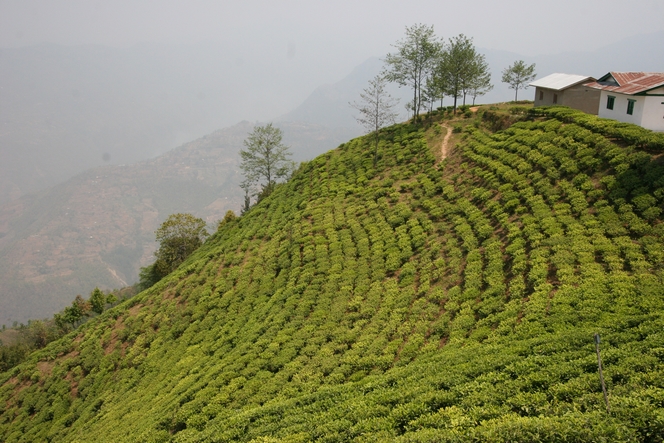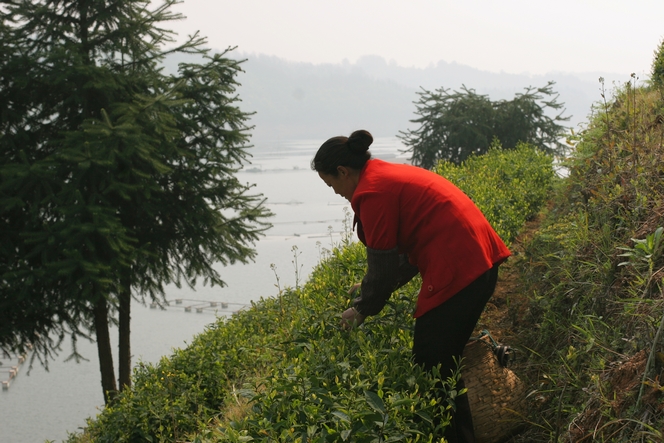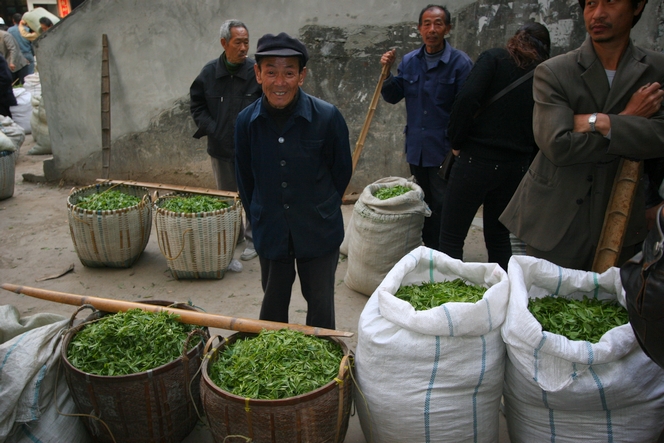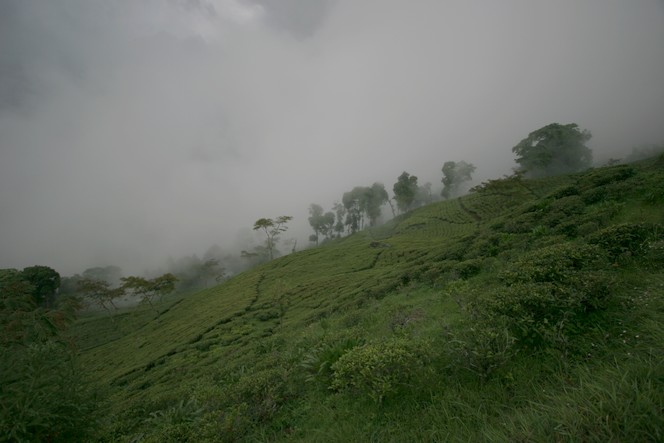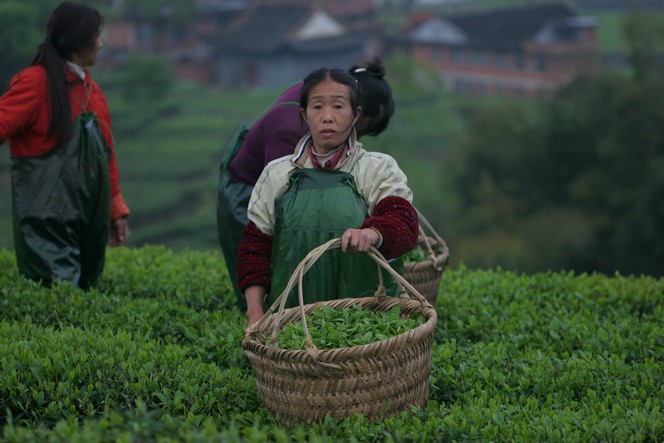If there’s a group of teas that is particularly sensitive to the infusion time, it’s the Darjeelings. Thirty seconds too long and your tea will be bitter due to excessive astringency. First flush Darjeelings must be infused correctly: the water should be around 85 degrees and the infusion time should be between 3’30 and 3’45 maximum. With Darjeelings, the flavour and aroma balance is very delicate, so to appreciate them fully, you’d be wise to heed this friendly advice.
While you’re waiting for your tea to infuse, you can follow my example and have fun taking a picture of the timer. This rather rustic one reigns in the tasting room on the Barnesbeg Tea Estate (India).


